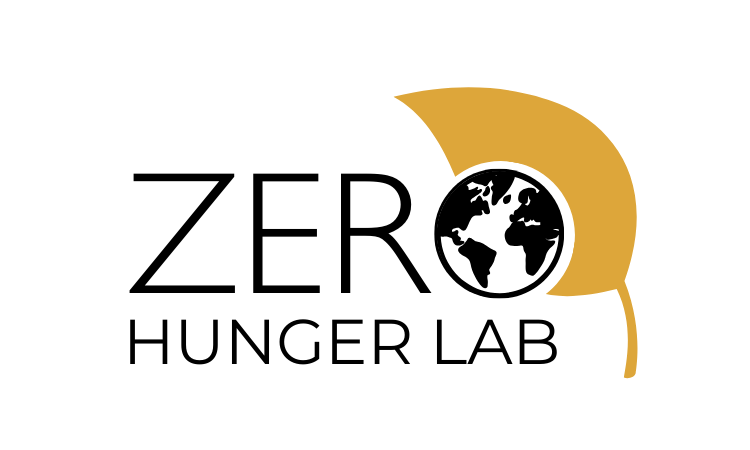1 – Thoughts after Droughts: Combined effects of prenatal and postnatal drought-related nutritional challenges on adolescent cognitive outcomes in rural India
Fabienne Pradella
University Mainz; University of Heidelberg; Stanford University
Abstract:
Objectives
Poor maternal nutrition during pregnancy is associated with adverse health and human capital outcomes in the offspring over their life courses, yet the role of the postnatal environment for effect manifestation remains understudied. We investigate the interplay of pre- and postnatal drought-related nutritional shocks in shaping cognitive health among adolescents in rural India.
Methods
Math and reading scores from the 2007-2018 Annual Status of Education Report (ASER) on 11-16-year-olds from rural India (N = 2,009,869) were linked to University of Delaware rainfall data. Rural India heavily depends on rainfed agriculture, so that rainfall variation proxies for nutritional shocks in a quasi-experimental set-up. Drought was defined as rainfall below the 20th percentile of the district-specific long-term mean. We analyzed the interaction effect between prenatal drought exposure with drought exposure in childhood, while adjusting for, sex, age, year of assessment and district fixed effects.
Results
Drought exposure during pregnancy was associated with lower test scores in adolescence (reading, math, total score). Notably, children who experienced droughts in their second third life years were better prepared for drought circumstances if they had already been exposed to a drought prenatally, as indicated by positive interaction terms between prenatal and postnatal exposure. Effects did not differ by sex.
Conclusions
Prenatal exposure to suboptimal nutrition might prepare the developing organism to deal with similar shocks in early postnatal life, with positive impacts on cognitive performance years later. This finding is in accordance with epigenetic theories predicting that prenatal conditions sensitize developing organisms for similar postnatal circumstances.
2 – Effects of extreme weather on the wealth inequality across households
Lukas Mogge
Leibniz Institute for Economic Research (RWI)
Abstract: This study provides new empirical insights on the distributional effects of an extreme weather event on household wealth. Our focus is on an extremely severe winter that hit Mongolia in 2009/10 and caused the death of more than 10 million livestock. The analysis builds on three waves of household panel survey data collected in the post-shock period. The identification exploits the quasi-experimental nature of the extreme event. Our analysis unravels the heterogeneity in effects across wealth groups, distinguishing between exposure, susceptibility, and coping. Results show that wealth inequality among pastoralist households increased sharply after the extreme event. Exposure to extreme weather conditions has a significant, negative, and large effect on both asset losses and post-shock wealth, while controlling for household, district, and province characteristics. The effect vanishes over time, but is still significant up to four years after the event. Pre-shock wealth does not influence losses, holding other factors constant, but households with more assets at risk experienced higher losses. Coping strategies only cushion the negative shock effects for the wealthiest households. An understanding of the distributional effects caused by extreme weather events is important for policy implementation to reduce within-country inequality.
3 – Does lower indoor temperature reduce risk of intimate partner violence (IPV)? Experimental evidence from rural Burkina Faso
Mekdim Regassa
ISDC – International Security and Development Center; Leibniz Institute for Vegetable and Ornamental Crops (IGZ)
Abstract: This paper presents findings from an ongoing study conducted to assess the effectiveness of lower indoor temperature in reducing the prevalence of intimate partner violence (IPV) in rural Burkina Faso. Using a clustered randomized control trial (cRCT) and double list experiment design, the study is aimed at examining the impact of improved thermal comfort resulting from cool roof intervention on the occurrence of IPV incidents. We find that the cool roof intervention reduces IPV incidents by 12 percentage points. This reduction is quite substantial given the established added impact of IPV on economic as well as women’s mental health. The research provides strong evidence of the efficacy of cool roof interventions in mitigating IPV in developing countries contexts.
4 – Impacts of Compound Hot and Dry Events on Well-being in the EU
Jessie Ruth Schleypen
Climate Analytics
Abstract: Compound drought and heat extremes (CDHE) causes human discomfort and restrictions to adaptive capacities simultaneously, which leads to higher effects than single, independent events. In addition to health and labor productivity-related impacts, warmer and drier conditions have supply-chain effects in the EU through reduced hydropower generation, water transport, and crop failures. The effects are disproportionately distributed to the poor due to their pre-disposition to being exposed to CDHE through their economic activities, and their limited capacities to recover from the damages. In this study, we take a two-step approach in analysing the heterogenous effects of CDHE on multidimensional poverty for different household groups, by quantifying the likelihood that households fall below the poverty line, and then estimate the aggregate effects on poverty incidence. Our results aim to quantify the setbacks in poverty alleviation caused by climate-change-induced CDHE, particularly on the implications on moving in and out of poverty, and relate this attribution to the European Pillar of Social Rights target of reducing poverty by 15 million by 2030.
